Nowadays, most of the vehicles you see on the road utilize a rack and pinion steering system that features power steering.
The purpose of power steering is to make the car easier to steer. Unfortunately, this feature adds complexity to the rack and pinion system.
Because of this, issues with the rack and pinion power steering can often lead to expensive and complex repairs.
Adding power steering to a rack and pinion system changes the design a bit. A cylinder with a piston is installed in the rack. Then, fluid is added to both sides of the piston.
Adding pressure to the fluid will force the piston to move. This turns the rack and helps with steering.
1 What is the Rack and Pinion?
First of all, it’s best to understand what a rack and pinion steering system are.
For those who don’t know, car manufacturers utilize rack and pinion to transform the rotating movement of the steering wheel into linear movement.
Then, the tie rod of your car utilizes this linear motion to push the steering knuckle right or left. In turn, this will cause your front wheels to move in the direction you want.
As the name implies, the rack and pinion steering system utilizes a rack and a pinion to perform this task.
A pinion is just a tiny gear that you can find at the end of the steering column. Its purpose is to rotate whenever you turn your steering wheel.
On the other hand, a rack is a flat gear on which the pinion rests. Whenever the pinion rotates, the gears mesh with each other. This produces a linear motion required to turn your front wheels left or right.
Since it’s an important part of your car, when there’s a problem, you’ll need a rack and pinion repair service.
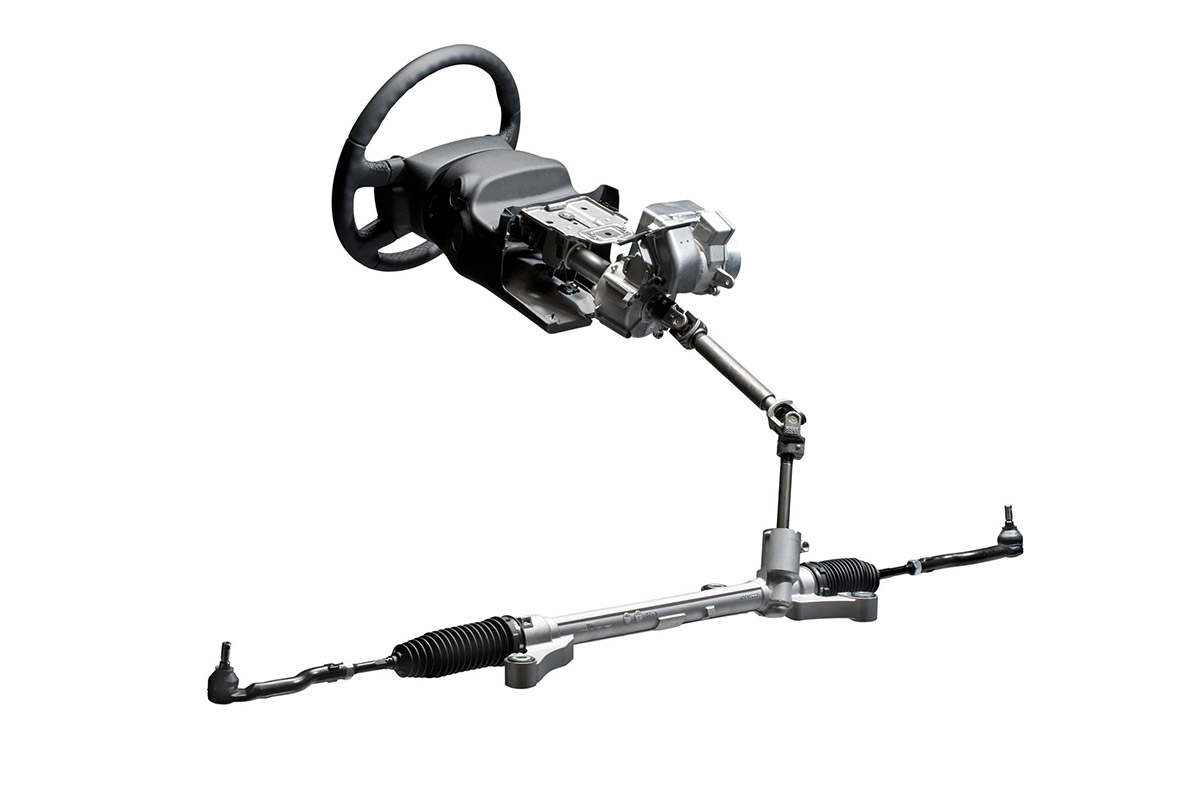
2 What Happens if Your Rack and Pinion is Faulty?
As a car owner, it’s crucial to be wary of what happens if your rack and pinion become faulty.
You might have a hard time steering your car whenever your rack and pinion is on the verge of a breakdown. However, you’ll completely lose control of steering if the steering system goes out.
Of course, you know what happens when you can’t steer your car, right? It can be dangerous and even fatal.
Because of this, it’s always ideal to avoid driving a car that has a faulty rack and pinion steering system. Even if the issue is minor, it’s a wise move to fix it right away before driving the car.
Just like any system that utilizes high-pressure hydraulics, the power steering system utilized in your rack and pinion can also be susceptible to leaks.
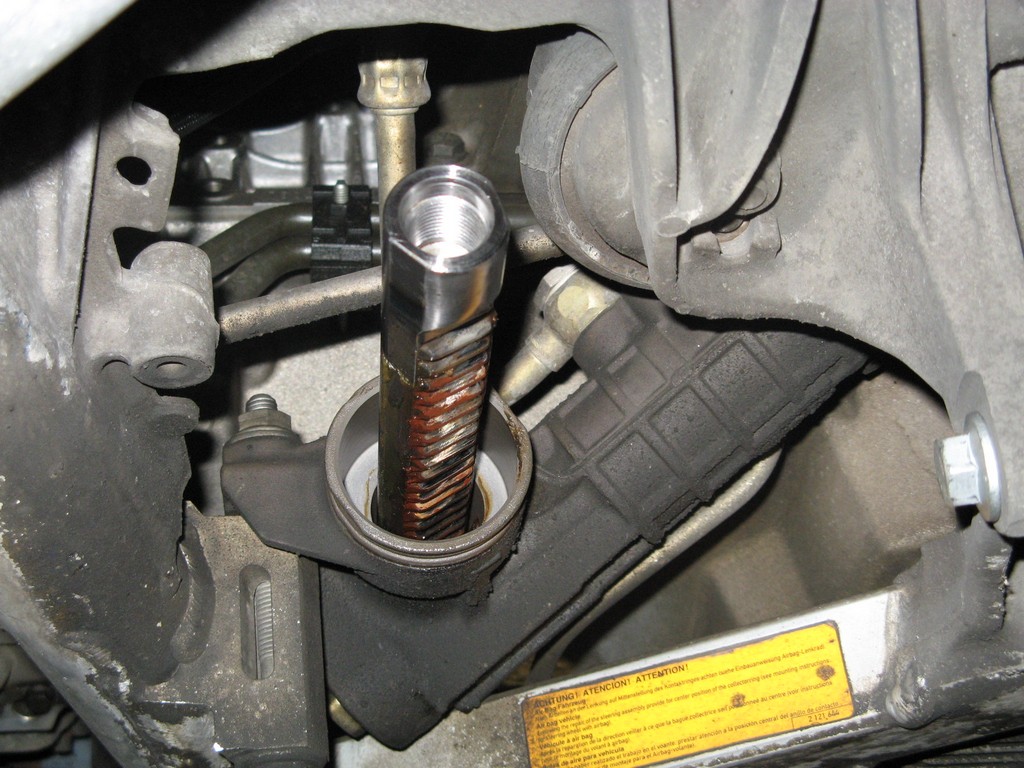
3 How To Determine if You’ve Got a Power Steering Leak?
Determining if you have a power steering leak is quite easy. All you’ve got to do is to examine every steering rack seal of the areas prone to leaks. As mentioned earlier, you can find these seals in both the connection of the tie rods and in the steering column.
Also, you might have a hard time crawling under your car. To make your life easier, make sure you use ramps or a jack stand. Simply ensure that your car is secure before crawling under it.
You can easily find the rack and pinion steering of your car since it’s one of the lowest parts of your vehicle. There’s a huge chance that it will be simply under the oil pan of your engine.
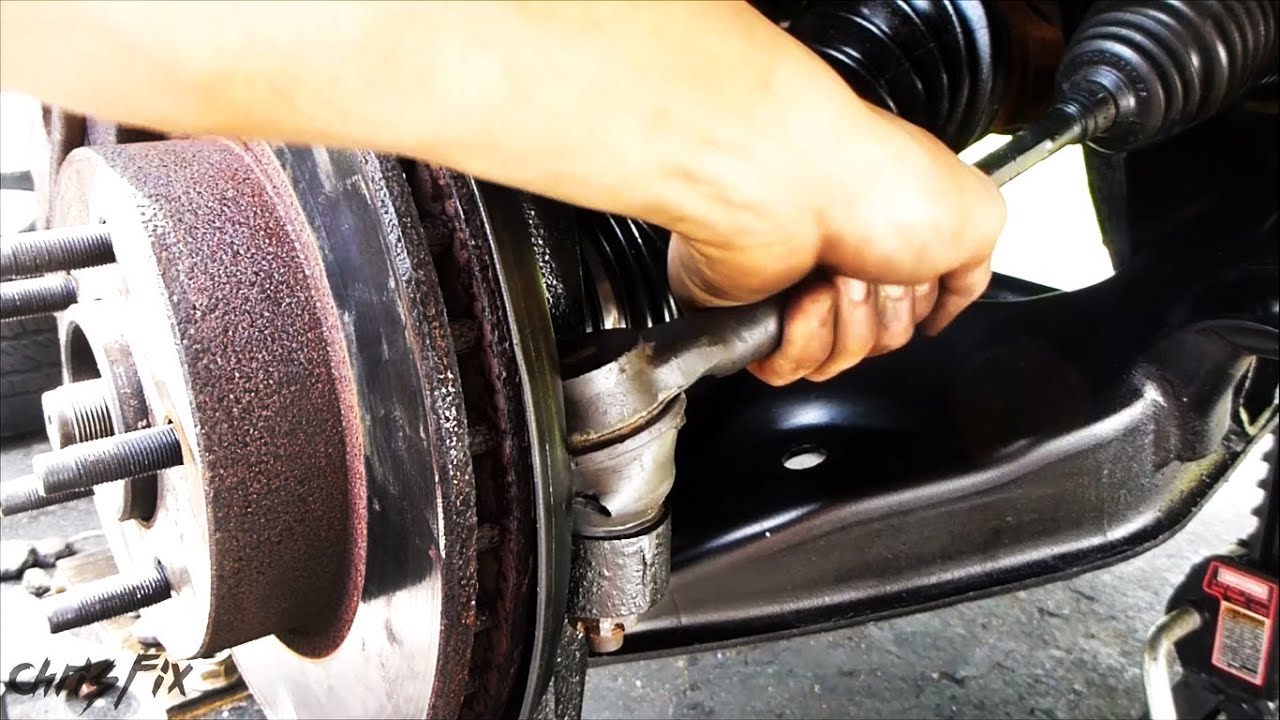
4 Why Do Power Steering Fluid Leaking Happen?
As time passes by, parts in the rack and pinion steering system can begin to deteriorate as you frequently use them when steering and driving. This can lead to loose fittings.
Though your power steering system can begin to leak through cracks or at the connection points in the flexible lines and rubber hoses, there’s a huge possibility that it will begin to leak from one of the seals on your power steering system.
Driving conditions and environmental elements can result in your seals cracking, shrinking, drying out, or becoming loose.
Keep in mind that there are 3 primary factors that can lead to leaks. This includes:
- The seals between the rack and pinion and the steering column or around the tie rod connections can dry out, crack, shrink, or become loose.
- The connections can loosen.
- The lines and hoses are made from elastic rubber that could crack.
Also, it is ideal to take note that the leak isn’t coming from your rack and pinion system. Instead, it is coming from your power steering system. The reason for this is that the steering rack doesn’t need fluid. It only requires grease for lubrication.
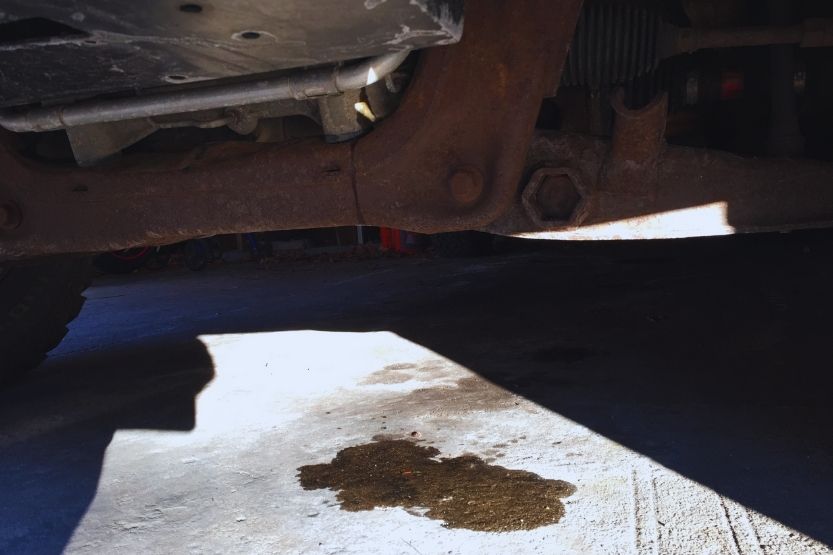
5 How To Detect a Power Steering Fluid Leak?
You probably heard of the phrase “prevention is better than cure”. Well, this saying can also be applied when it comes to cars.
When you own a vehicle, finding the issue before it can get worse is the most crucial thing you can do. Luckily, the signs of a power steering rack leaking issue are easy to notice.
If you see any of the issues below, there’s a huge possibility that your car is leaking power steering fluid.
1) Low Fluid Level
Almost every car owner checks their coolant and oil level frequently. However, they often forget to inspect the level of their power steering fluid.
Proper power steering fluid level is vital to the longevity of your power steering rack and for your safe driving. Driving a vehicle with missing or low power steering fluid can lead to expensive repairs.
The power steering reservoir of your car is often equipped with an indicator. Thus, you have to ensure you examine it from time to time.
Because your power steering system is shut-sealed, you likely have a leak somewhere if the fluid level gets low.
2) Difficulty in Steering the Wheel
Another sign of a power steering fluid leak is the difficulty in using the steering wheel. As mentioned earlier, the purpose of the power steering fluid is to make turning the car a lot easier.
Any delay in this response or stiffness when turning can be an annoying experience and is typically an indication of a leak.
In addition to that, stiffness in the steering wheel can be dangerous and risky. This is particularly true if you have to make a sudden turn.
3) Whining or Grinding Sound
Every manufacturer out there designs their car to offer maximum comfort. They always ensure that every part of the vehicle won’t make any sound.
Thus, if you start to hear weird sounds from the steering system when you turn right or left, that is a sign of an issue. It could be a problem with the power steering fluid.
You should know that whining and grinding noise happens due to friction. One purpose of the power steering fluid is to lubricate the steering wheel, making it easier to turn.
You’ll hear these weird sounds if the steering fluid is leaking out.
4) Ignition Sound
Another method of identifying leakages of power steering fluid is the noise coming from the ignition.
Try to listen to your car when you turn it on. If you notice a squeaking noise from the steering pump, you have a leak in your power steering fluid.
5) Fluid on The Driveway or Garage
This is perhaps the most obvious sign that you have a power steering fluid leak. Whenever you notice reddish or pinkish droplets of fluid below your car’s engine, it means that you have a leak.
You will usually notice this if you park your car for a long period. For instance, you will notice this sign early in the morning after you park your car overnight.
Thus, it’s a wise move to look under your car once in a while to ensure you spot a leak early and get it fixed before it becomes a severe issue down the line.
When you notice any of the signs mentioned above, don’t hesitate to visit a reliable auto mechanic to get your issue fixed as soon as possible.
However, if you want to save money on labor fees, you can try to fix the leak on your own. This is particularly ideal if you’ve got the tools needed to do the job.
6 What color is power steering fluid when it leaks?
The color of power steering fluid when it leaks varies depending on the type of fluid in the system. Most power steering fluids are red or pink in color, but some are clear or amber. When the fluid leaks, it may appear as a dark brown or black color due to contaminants and debris that accumulate over time. However, if the fluid appears to be a light brown or milky color, it could indicate the presence of water in the system, which is a sign of a severe leak. If the power steering fluid is clear, it could be a sign of a new leak or a small leak that has not accumulated debris.

7 How To Fix Power Steering Rack Fluid Leakage?
Power steering issues often do happen and it makes it hard to steer your car effectively.
Whenever your power steering fluid level gets low due to leaks, your power steering pump will immediately tell you. This means that it’s up to you whether or not you fix it immediately.
If you choose to ignore the signs and continue using your car with a low power steering fluid level, it can cause more damage in the long run.
Because of this, it is vital to react right away and fix any leaks.
However, what if you don’t have money to pay a mechanic? Well, lucky for you, this job can be a DIY project. Here are the steps to fix a power steering rack leak.
1) Use a Temporary Solution
Whenever you notice leaks in your power steering fluid, you can utilize a bit of brake fluid to do a temporary fix. All you’ve got to do is to add the brake fluid to the power steering reservoir.
Keep in mind that this is only a temporary solution. You still need to fix the leak properly.
To do this, make sure you park your car in an elevated position. You can do this by placing your car on a ramp or using a jack stand.
You’ll need enough space to work under the car. Thus, make sure you’re comfortable with the height of the car before you start working.
2) Clean Hoses and Find the Leak
One of the main steps how in fixing power steering fluid leakage is to clean the hose and find the leaks.
Whenever you’ve got clear access to the rack and pinion, perform a comprehensive cleaning of the system. Make sure you get rid of all sorts of dirt. This includes grease and other types of fluids.
This step will be useful when finding the leaks.
Once you clean all the components, the next thing you need to do is to fill the power steering reservoir with fluid. Then, you will have to turn on your vehicle and turn the steering wheel left and right.
You have to do this step for at least 5-10 minutes. After that, you can turn off your car and check the hoses and pinions to find any leaks.
If you notice fluid in the area that you have already cleaned, then that is the part where the fluid is leaking.
3) Drain The Fluids and Replace the Hose
After finding the leaks, the next step is to completely drain the fluid reservoir so that you can start the repair process.
Once the reservoir is fully drained, you can begin unbolting the hose. Keep in mind that you’ll need the right tools for this step. You can follow the owner’s manual of your car to know what tools you need.
Once you remove the hose, replace it with a new one. Make sure you tightly bolt the hose to avoid leaks in the future.
4) Replace The Gaskets
Since you’ve already experienced leaks, there’s a huge possibility that the other seals in the system are also deteriorating.
Thus, it’s a wise move to replace them as well. This is particularly true if you notice that they are dry and worn out.
Replace the old seals with new ones and make sure you fit them securely and nicely.
5) Refill the Power Steering Reservoir
This is the final step of the process. Once you replace every faulty steering rack seal in the system, you’ll have to refill the reservoir with new power steering fluids.
Next, you will have to turn on your car again and turn the steering wheel left to right for at least 10 minutes. After that, check under your car again. If you don’t notice any fluid anymore, then you have successfully repaired the leak.

8 How Much Does It Cost to Fix a Leak in the Power Steering?
So, what if you don’t have the tools to fix the leak on your own? Well, your best bet is to take your car to the nearest auto mechanic for repairs.
If you choose this method, you’ll probably wonder how much it would cost you. Well, on average, the cost to fix a power steering leak is around $70 to $170. This already includes the labor fees.
However, you should know that there are several factors that affect the price. This includes where you live and the mechanic you choose.
If you think it’s expensive, you’re wrong. If you choose to ignore the problem to save $70 to $170, then you’ll regret it down the line.
Driving a car with a power steering fluid leak will only lead to more problems. This means that you’ll spend more in the long run.
If the issue gets worse, you might have to replace your power steering system. A rack and pinion repair will cost you thousands of dollars.
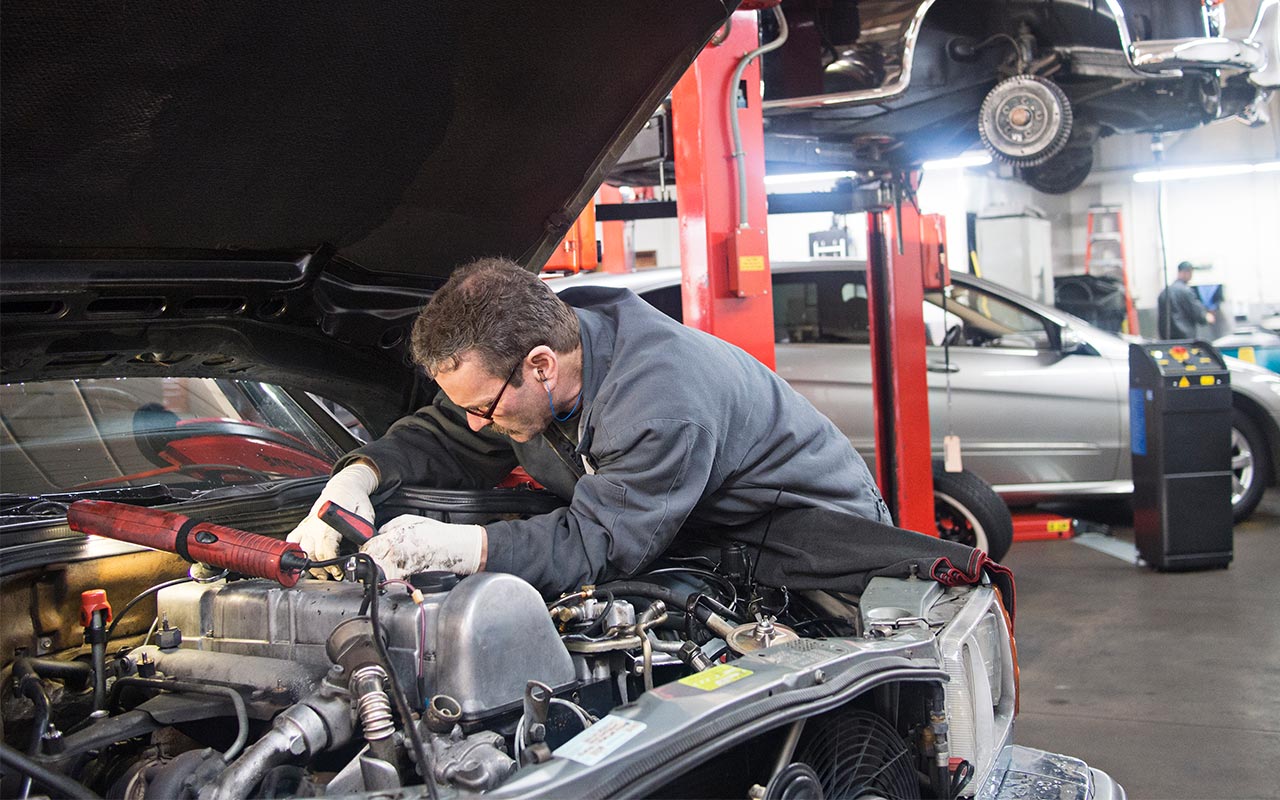
9 Is a Power Steering Fluid Leak a Serious Issue?
Is a power steering rack leaking a serious issue? The simple answer is yes. This problem is quite serious. Thus, you have to treat it as a matter of urgency as soon as you notice the problem.
Remember that the power steering fluid is vital to the proper functioning of the power steering of your vehicle. If it is leaking, the steering won’t respond properly to your directions.
If you have a leak in your power steering, you’ll find it hard to turn the steering of your vehicle. This can delay turning a corner when you drive. If this happens, you might get into an accident.
Thus, if you’ve got a leak in the power steering fluid, it’s best to have it fixed immediately. Else, you’re only risking the safety of your passengers and yourself.
9 Can You Drive a Vehicle that Has a Leaking Power Steering Fluid?
Power steering fluid leaks don’t happen right away. The truth is that they usually occur slowly. Because of this, you might be driving a car with a leaking power steering fluid.
Whenever the leak first starts, your steering will begin to become inconsistent and difficult. Eventually, you’ll lose complete control of your car’s steering as all power assistance is lost.
Of course, this will not make a lot of difference if you are driving on a straight road. However, you’ll find it extremely difficult to make a sharp turn.
It’s worth taking note that though a leaking power steering fluid will not directly cause a crash, it can contribute to an accident. This is particularly true if the driver does not have enough strength to handle the heavy steering.
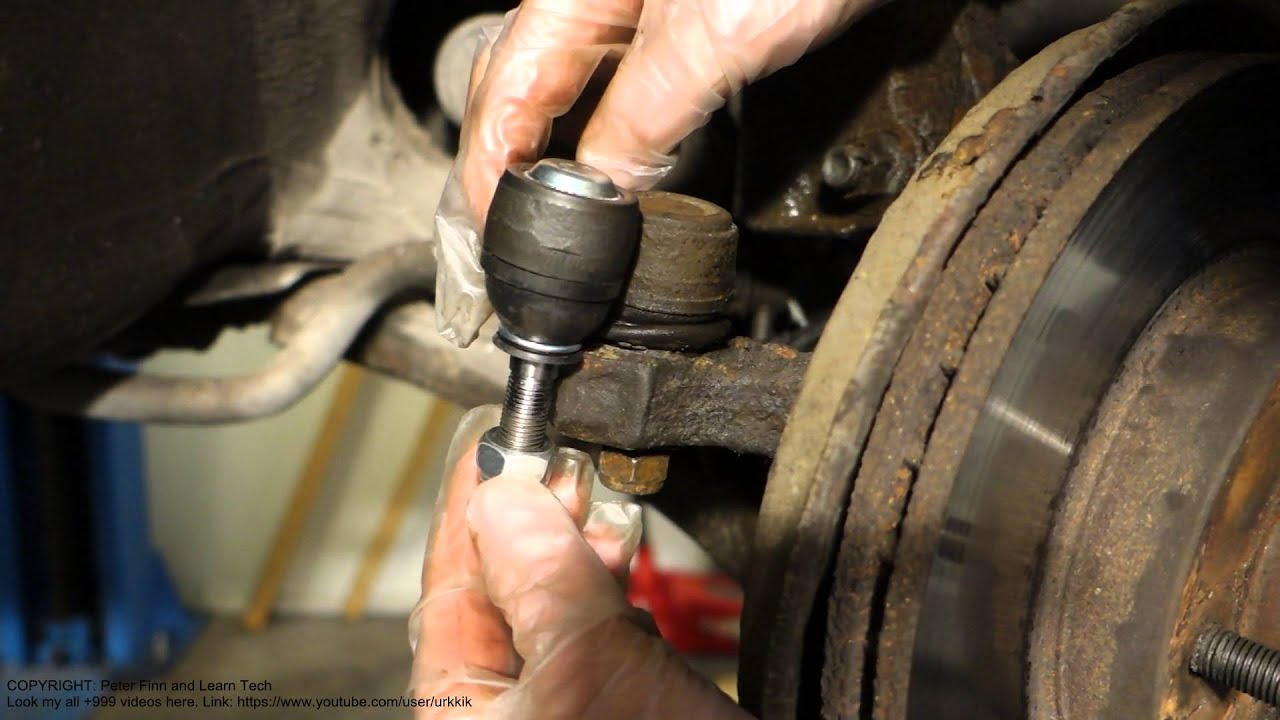
10 Conclusion
You should not compromise on your car’s safety. Because of this, it’s always best to stay on top of your maintenance and regularly check your vehicle.
Always follow the inspection checklist from the owner’s manual.
Once you notice an issue, don’t hesitate. You have to act fast. Ignoring an issue with your car, especially with the power steering, can result in costly breakdowns and repairs.
The Previous Articles:
What Is Rack and Pinion Bushing? How To Tell If Rack and Pinion Bushings Are Bad?
Why Steering Rack Makes Noise When Turning?
How To Rebuild A Steering Rack?
What Is A Rotary Valve Power Steering Rack?
Rack And Pinion System Vs Power Steering System: What Are The Differences?
Power Steering Rack Market Analysis Report (Japan Market)
What Causes Steering Rack to Go Bad?
Design Of Car Rack And Pinion Steering Racks
What Is The Intelligent Steering Rack Used By VW, Toyota, Honda And Renault?
What is Steering Column? All You Need to Know About Steering Column

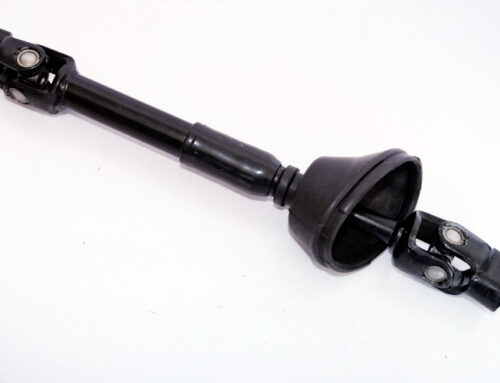
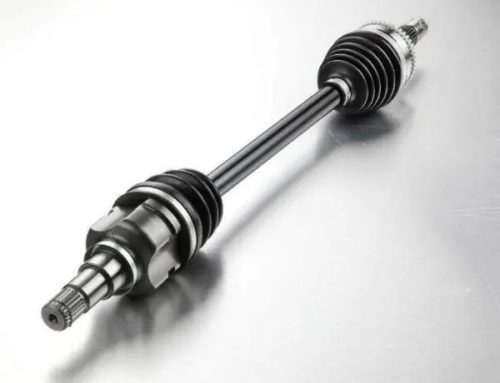
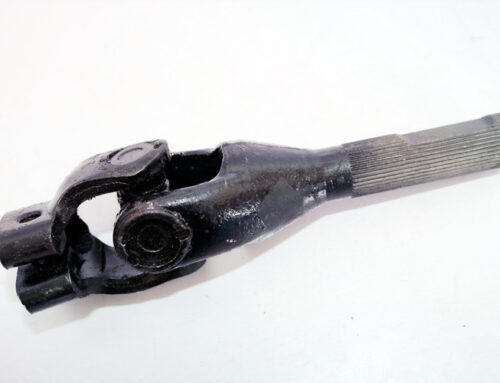
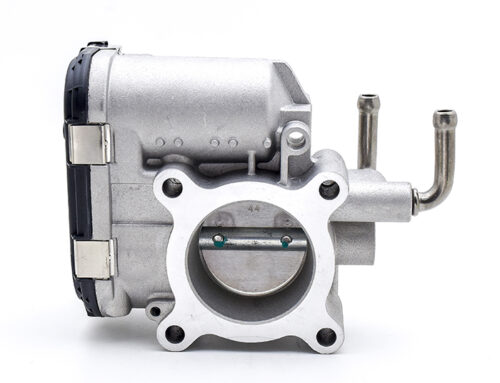
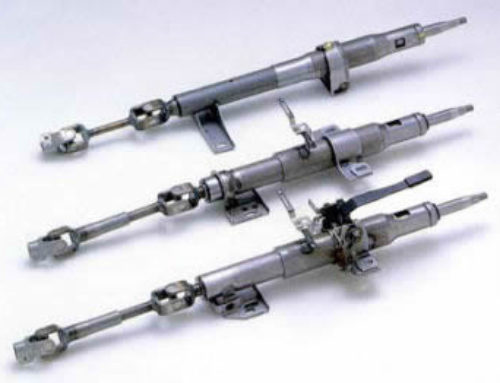
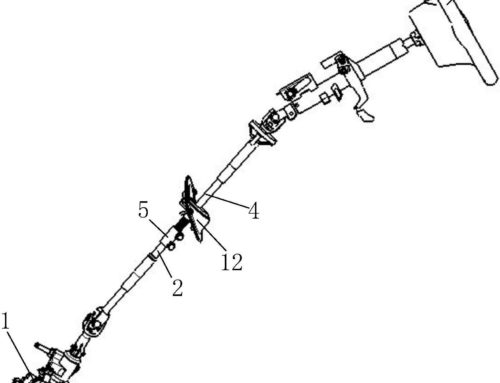
you have a great blog here! would you like to make some invite posts on my blog?
Hey, you used to write wonderful, but the last several posts have been kinda boringK I miss your great writings. Past few posts are just a little bit out of track! come on!
I would like to thank you for the efforts you’ve put in writing this blog. I’m hoping the same high-grade website post from you in the upcoming also. In fact your creative writing abilities has inspired me to get my own web site now. Actually the blogging is spreading its wings rapidly. Your write up is a good example of it.